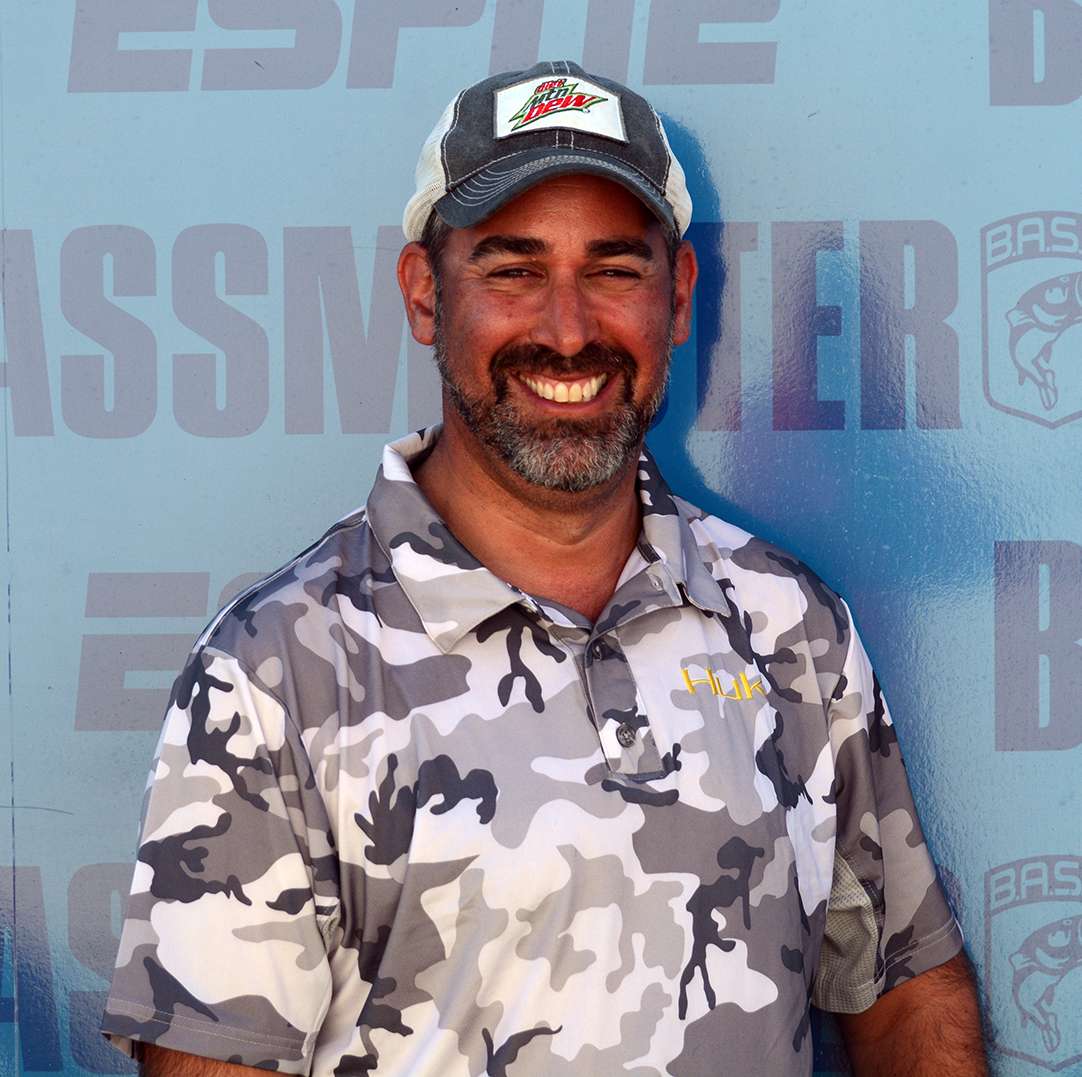
HOUSTON – This is the eighth GEICO Bassmaster Classic presented by DICK’S Sporting Goods I’ve covered as a member of the Bassmaster.com team, but the first one where I’ve been able to wear shorts on the water. That’s an unalloyed win in my book, even if we needed a rain suit at times to keep the spray and occasional rain off of us.
All Classics are unique, with their own distinct storylines and concerns, even when held on the same body of water at the same time of year. As the first Classic in late March, the first on Conroe, and the first held in the state of Texas in almost 40 years, we all had preconceptions about how this one would play out.
Some appear to be progressing as expected, while you can take others out with tomorrow’s morning trash.
Based on my one-day experience on the mid-section of the lake, watching nearly 20 of the competitors fish, here are five factors that distinguish this Classic from the others, and that may prove to be critical on Saturday and Sunday:
The diversity of the fishery
I watched anglers pluck fish from less than a foot of water and others while holding their boats in 25 feet and casting up into 15, often within a few hundred yards of each other. In fact, I saw one angler in the top 12 go to those two extremes in the course of about 20 minutes, seemingly with equal confidence at both.
Since the Classic moved to the summer and then to February, most of the fish have been doing essentially the same thing. Sure, some might’ve been pre-spawn and others moving up to bed, but it’s never been this far all over the map. My guess is that even if the winner is targeting one specific phase of the spawn, the Super Six will be composed of anglers doing vastly different things, and possibly some who are targeting fish in varied zones.
How big (or small) is Conroe?
At 20,000 or so acres, Conroe is one of the smaller Classic venues in recent years. If it’s calm out, anglers can run from one end to the other in short order – no New-Orleans-to-Venice-style long hauls. At the same time, to borrow a phrase, size doesn’t necessarily matter. Look at Okeechobee, one of the largest tournament lakes around, where large swaths of the field often end up bumping rubrails. While we saw plenty of anglers in the same areas today, they weren’t on top of each other, and the fact that the fish are in different stages means it can fish even bigger than normal – if the weather allows it.
New water may be key
The fish are clearly on the move, both to the spawning grounds and from the spawning grounds, but it’s unclear if they’ll replenish. We observed certain anglers in key spots in the morning, then returned there in the afternoon to find others had taken their place. It doesn’t seem like there will be a Beeswax Creek or Cataouatche where an angler can camp for three days – even with others nearby – and do one thing to win the whole deal. Indeed, everyone seems to know where the juice is in key areas. We watched Alton Jones Sr. and Justin Lucas work carefully down opposite sides of a long pocket and then, as if on cue, both turned their trolling motors to 100% and raced to a specific set of bushes. New fish may move into those spots, but the angler who is able to stay in contention until Sunday while saving a few fish and a few “spots within the spot” will have a distinct advantage.
Spectators
This is the largest metropolitan area to ever host a Classic. We’re also in Texas, an area where the locals are “ate up” with bass fishing. I expected it to be seawall-to-seawall bass boats, pleasure cruisers and hibachi-bearing pontoon boats. Quite to the contrary, we saw relatively few spectators in the midsection of the lake. In fact, the most that we ever saw at one time was maybe six or seven. Of course, that could be due partially to the heavy winds and partially to the fact that it was Friday. If that changes on Saturday, and I’m sure it will to some degree, an angler will need to plan his milk run more carefully and manage the clock efficiently.
The critical big bite
As we watched BASSTrakk from the boat like many fans did from home or work, we were constantly amazed by how quickly the purported leaderboard would flip. We’d watch an angler with nothing in the livewell and he wouldn’t even get the first sniff, then we’d leave and a half-hour later check the leaderboard and he’d be in the top five. Obviously, the Classic has been held on water with big fish potential in recent years – and it showed to some extent at Toho, the Louisiana Delta and Guntersville – but this is Texas and it’s not unrealistic to think that someone could string together a pair of double-digit bass in the closing minutes of the final day to come out of nowhere and claim the title. We didn’t see all that the lake is capable of Friday, but with 52 of the best anglers on earth, don’t count anyone out after only one day.

